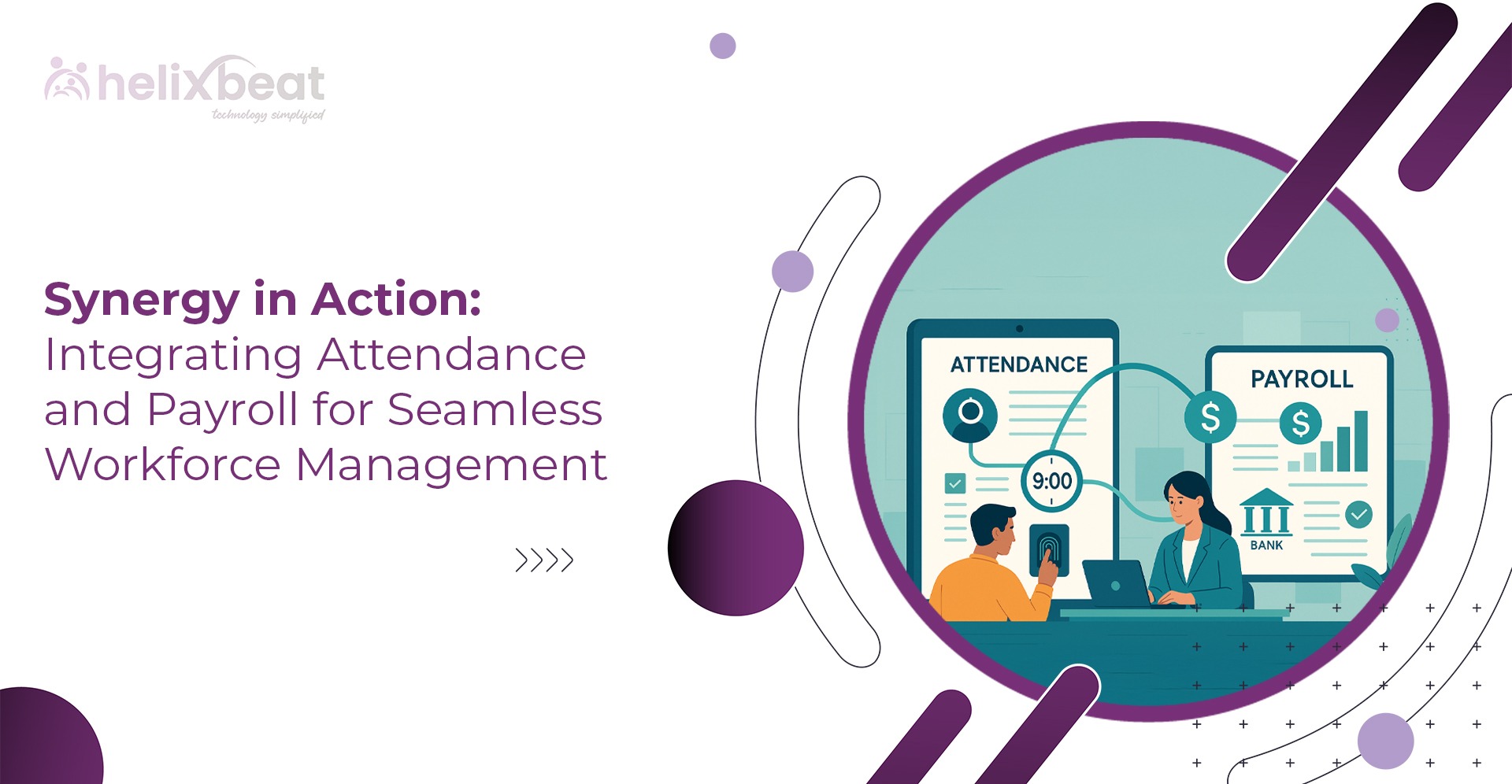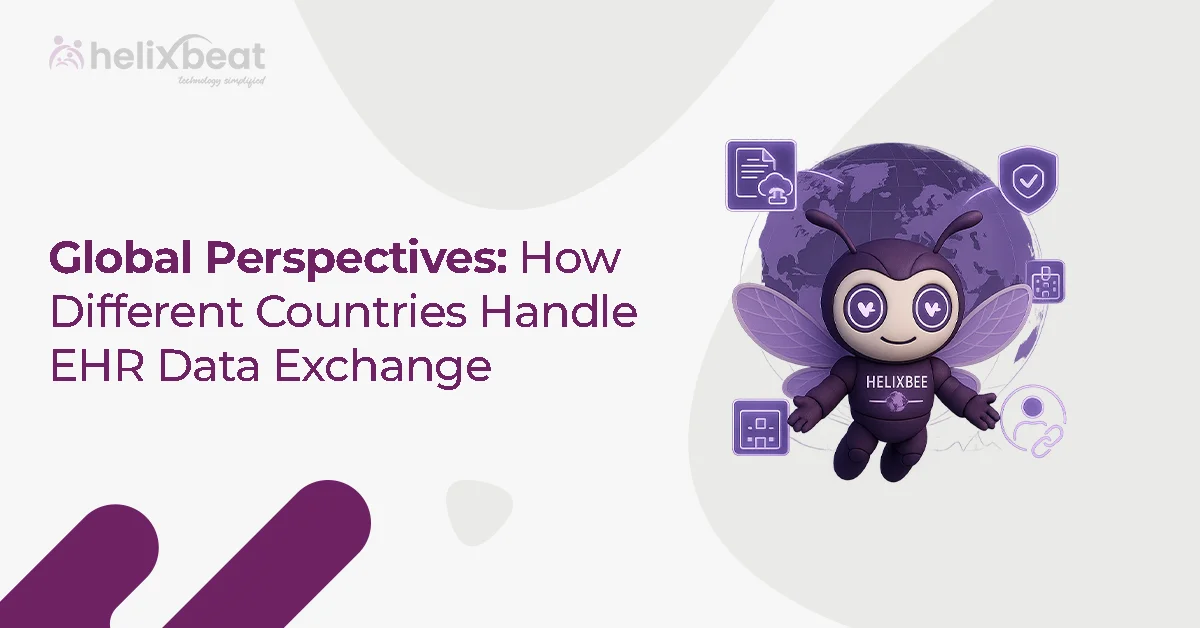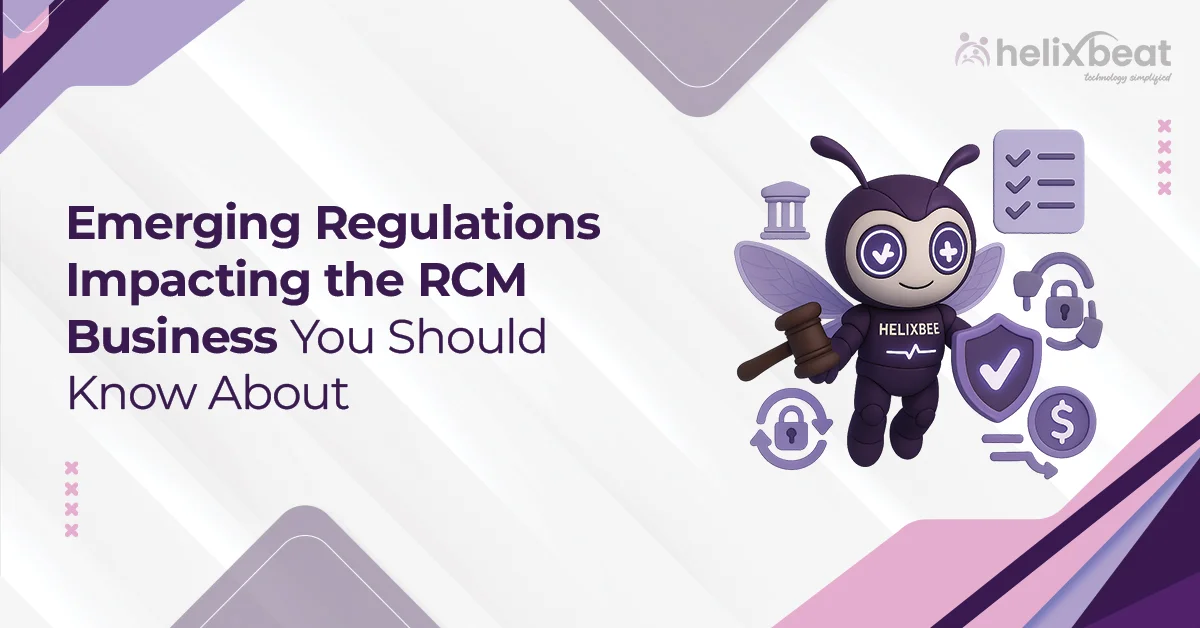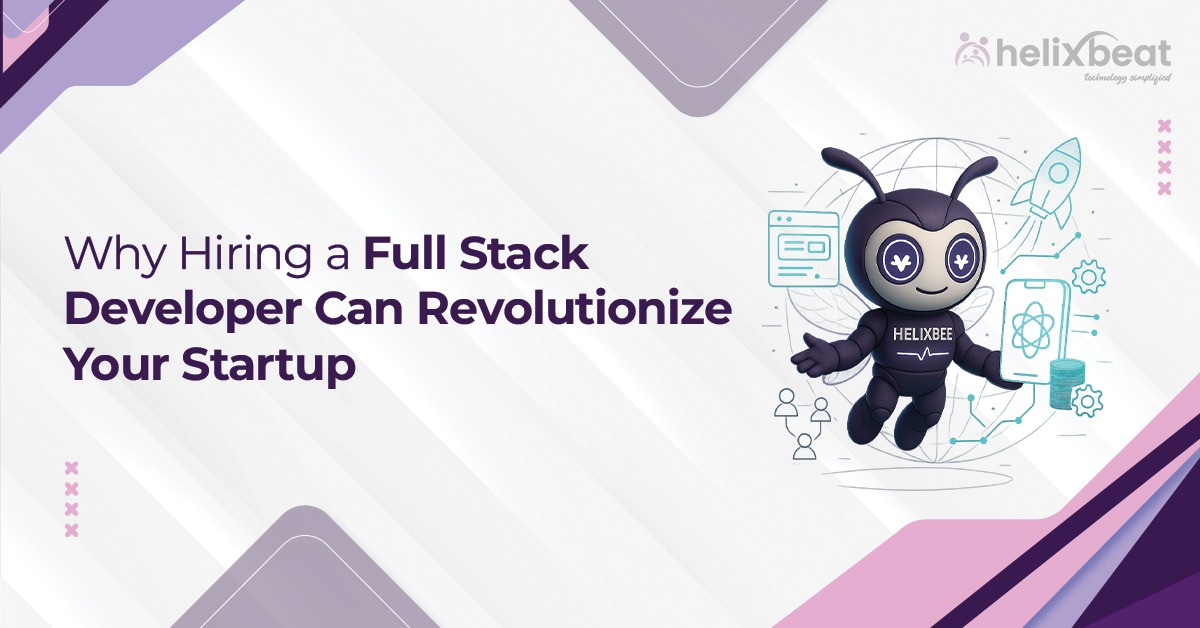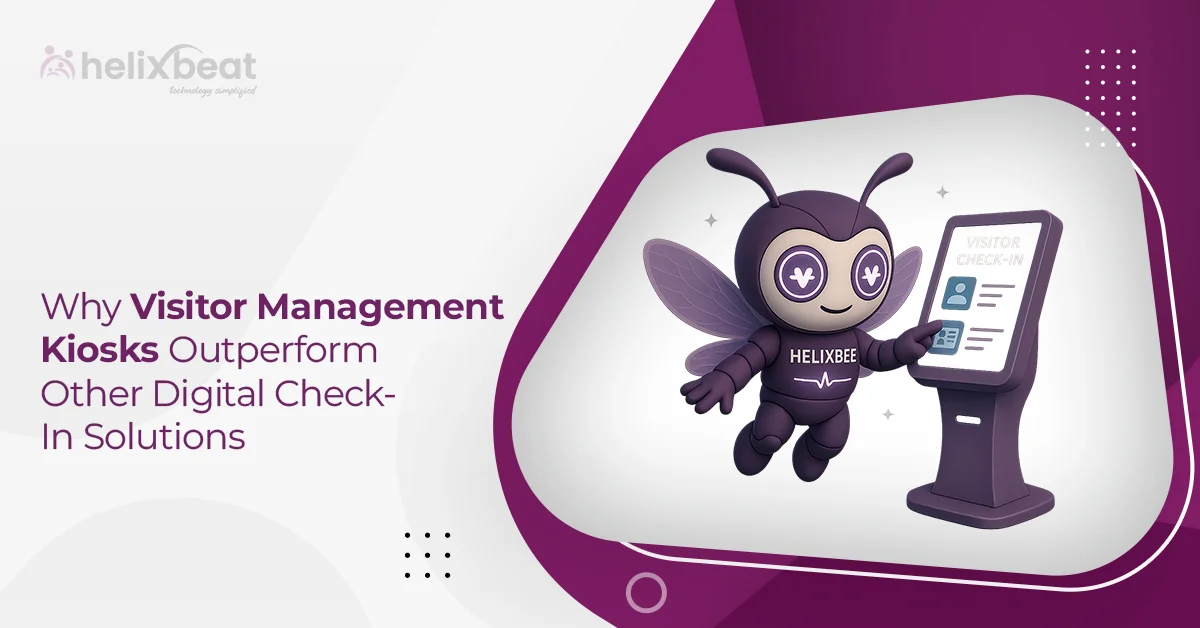Managing employees is not always easy. Many businesses use different systems to track attendance and handle payroll. When these systems don’t work together, mistakes happen. And. this will cause delays in paying salaries and extra work for the HR team. Manually moving data from one system to another often leads to errors, which can upset employees and waste time.
This is why Synergy HRMS is a great solution. It connects attendance and payroll in one system, so everything works smoothly. With Synergy, businesses can avoid mistakes and make payroll faster and easier. It also helps with following rules and gives clear reports, which makes work better for HR and finance teams.
In this blog, we will see how Synergy HRMS helps workforce management by integrating attendance and payroll in one place. It can save you time and reduce stress.
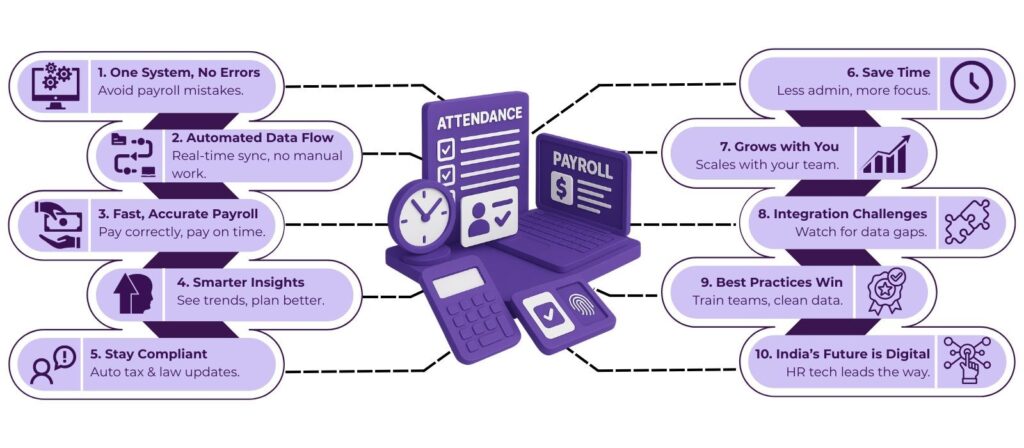
Table of Contents
Why Integrate Payroll with Attendance Management?
When payroll and attendance systems work separately, it creates a lot of problems for businesses. If you’re manually checking working hours, leaves, and overtime, it takes more time and a chance to make mistakes. This slows down the whole workforce management process and can cause frustration for both employees and HR teams.
By integrating your Payroll Software with attendance management, you create one smooth system where all data flows automatically, where you can record working hours instantly and calculate salaries accurately.
Plus, with an integrated system like Synergy HRMS, you get better compliance with labor laws and tax rules, which can be tricky to manage otherwise. Businesses offering payroll management services in India rely on such integration to keep things running smoothly and stay updated with legal changes.
In short, integrating payroll with attendance management makes your payroll management system for employees faster, more accurate, and easier to handle.
How Does Integration Simplify Workforce Management?
1. Automated Data Flow Between Systems
When your Payroll Software and attendance management are integrated, data moves automatically between them. As a result, work hours, leaves, and overtime are recorded within a fraction of a second and used directly for payroll calculations. This automation reduces manual errors and saves HR teams from double work.
2. Faster and Accurate Payroll Processing
An integrated HR Payroll Management System speeds up payroll by instantly using attendance data. This helps calculate employee salaries correctly, including bonuses, deductions, and taxes. As a result of a faster payroll process, employees get paid on time, improving satisfaction and trust.
3. Simplified Compliance and Reporting
Integration helps businesses stay updated with changing labor laws and tax regulations. Payroll management services India often include features that automatically apply compliance rules, reducing legal risks. It also makes generating reports easier for audits and management reviews.
4. Better Workforce Planning and Insights
When attendance and payroll data are combined, managers get clear insights into workforce trends, such as absenteeism and overtime costs. This helps with smarter scheduling and budgeting. Using a unified payroll management system for employee data means decisions are based on accurate, up-to-date information.
Benefits of Using Synergy HRMS in Payroll and Attendance Systems
1. Seamless Integration for Error-Free Payroll
Synergy HRMS connects attendance tracking and Payroll Software in one system, eliminating the need for manual data entry. This reduces mistakes and makes sure employees are paid accurately based on their actual work hours and leaves.
2. Time-Saving Automation
With Synergy, routine payroll and attendance tasks are automated. This means your HR team spends less time on calculations and data updates, freeing them up to focus on more important work. Faster payroll cycles also improve overall workforce management efficiency.
3. Compliance Made Easy
Synergy HRMS is designed to keep up with the latest labor laws and tax rules, which is especially important for businesses using payroll management services India. It automatically applies the correct deductions, tax calculations, and statutory compliances, reducing legal risks and audit pressures.
4. Flexibility and Scalability
Synergy HRMS adapts to businesses of all sizes and industries. Whether you have a small team or a large workforce, its HR Payroll Management System can scale up with you. It also supports various payroll models, making it easy to customize according to your company’s needs.
What Are the Challenges Involved in Integration?
- Data Inconsistency: Differences in data formats or errors in attendance records can cause syncing problems and payroll miscalculations.
- Legacy System Compatibility: Older payroll or attendance software may not support modern integration methods, making connection difficult.
- Security Concerns: Combining sensitive employee data requires strong security measures to protect against breaches and unauthorized access.
- Complex Compliance Requirements: Navigating varying labor laws and tax regulations can complicate the integration, especially for businesses using payroll management services India.
- User Adoption Resistance: Employees and HR teams may resist change or face a learning curve when transitioning to an integrated system.
- System Downtime and Technical Issues: Integration processes may cause temporary downtime or unexpected technical glitches, disrupting normal payroll and attendance operations.
Best Practices for Successful Integration
1. Choose the Right Payroll Management System for Employee Attendance
Start by selecting a payroll management system for employee attendance that fits your business size and needs. Look for software like Synergy HRMS that offers smooth integration capabilities with attendance systems and strong support for Payroll Software features.
2. Clean and Standardize Your Data
Before integrating, make sure your attendance and payroll data are accurate and consistent. Clean up duplicate records, fix errors, and standardize formats to avoid problems during syncing. This step reduces errors and helps the system work smoothly.
3. Involve Key Stakeholders Early
Engage HR, finance, and IT teams from the beginning to get everyone’s input and support. Clear communication helps identify potential challenges and ensures that the integration process matches your company’s workforce management goals.
4. Train Your Team on the New System
Provide proper training for HR and payroll staff on how to use the integrated system effectively. Understanding features like automated payroll calculations and real-time attendance tracking helps your team make the most of the software.
5. Monitor and Review Regularly
After integration, regularly check the system for accuracy and performance. Review payroll reports, attendance logs, and compliance updates to catch issues early and keep your HR Payroll Management System running efficiently.
Future of Workforce Management in India
India’s workforce is set to expand from 423.73 million in 2023 to 457.62 million by 2028, adding approximately 33.89 million workers. The future of workforce management in India is being shaped by technology and changing work styles.
More companies are using AI and automation to make work faster and smarter, but this also means employees need to learn new skills to keep up.
Another big change is the rise of HR technology, such as smart HRMS systems that help manage payroll, attendance, and employee data all in one place.
Government initiatives on skill development are also helping prepare workers for future demands. Overall, workforce management in India is moving towards more technology-driven, flexible, and employee-friendly systems.
Final Thoughts
Managing a workforce smoothly can be tough, especially when attendance and payroll systems don’t work well together. However, with Synergy HRMS, businesses get a reliable, easy-to-use solution that brings these two important areas into one seamless system. This integration not only saves time and reduces errors but also helps stay on top of compliance and gives clear insights for better decision-making.
As workforce management in India continues to grow and change, having a flexible and efficient system like Synergy HRMS will make all the difference.
Whether you’re a small business or a large company, Synergy helps you manage your employees better, improve payroll accuracy, and create a happier workplace. Want to simplify your workforce management? Synergy is here to help you every step of the way.
FAQ:
1. What is meant by workforce management?
Workforce management (WFM) is the process of organizing and managing employees to improve productivity and meet business goals. It includes tasks like scheduling, attendance tracking, payroll, and performance management.
2. What are the four key pieces of WFM?
The four key parts of workforce management include forecasting workforce needs, scheduling employees, tracking time and attendance, and managing payroll and compliance.
3. Is WFM part of HR?
Yes, workforce management is a part of Human Resources (HR). It helps HR teams plan, schedule, and manage employees efficiently to support the organization’s goals.
4. What is the KPI in WFM?
KPI stands for Key Performance Indicator. In workforce management, KPIs are measurable values like attendance rate, employee productivity, or payroll accuracy that help track how well workforce goals are being met.
5. What are the 5 R’s of workforce planning?
The 5 R’s of workforce planning are having the right number of people with the right skills in the right roles at the right time and at the right cost.
6. What is another name for workforce management?
Workforce management is also called Workforce Optimization. It refers to strategies and tools used to manage and improve employee performance and productivity.



